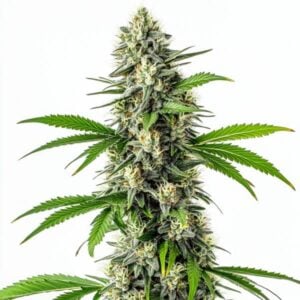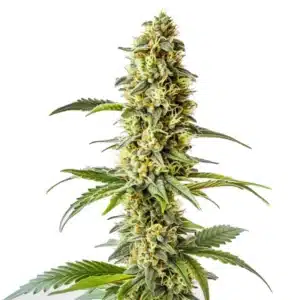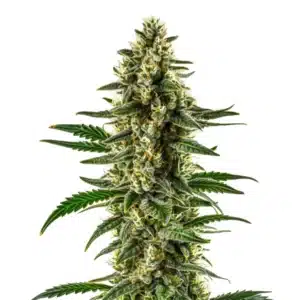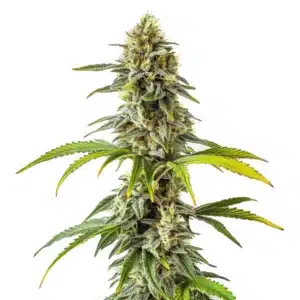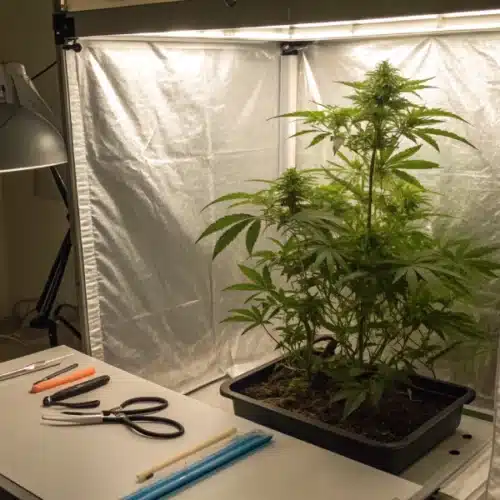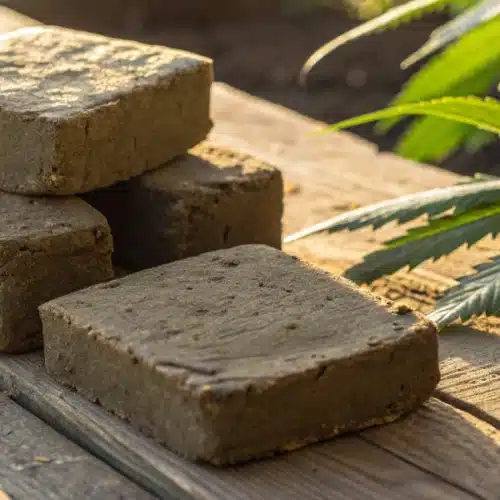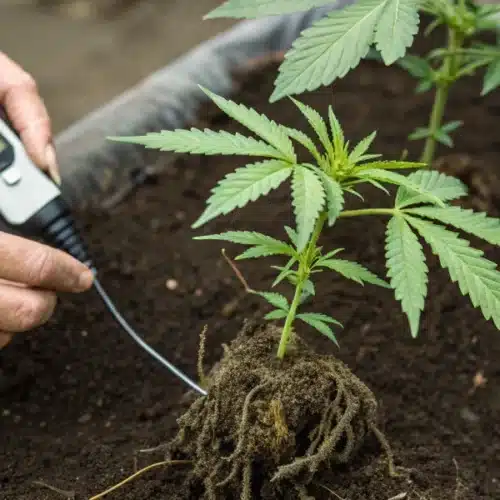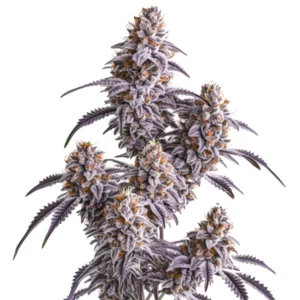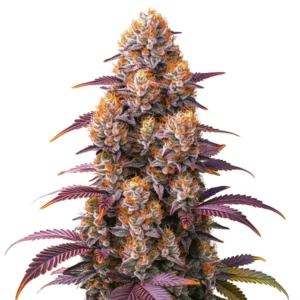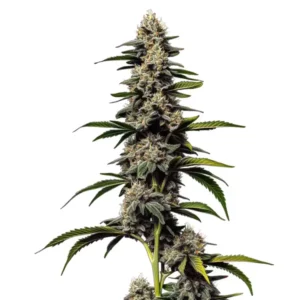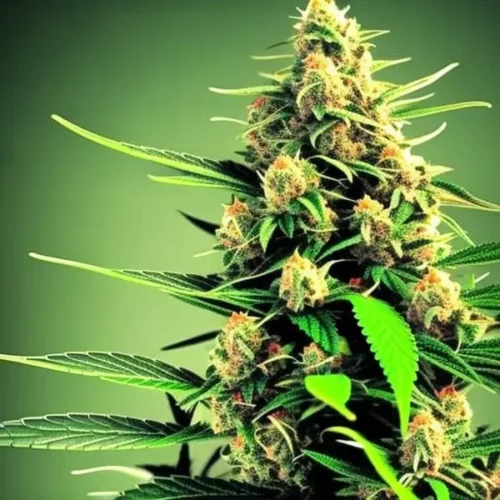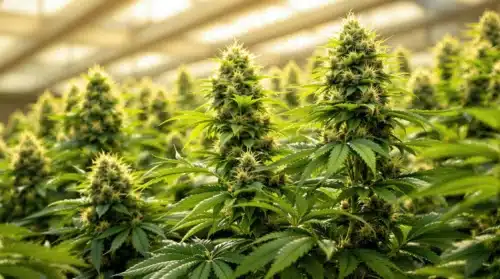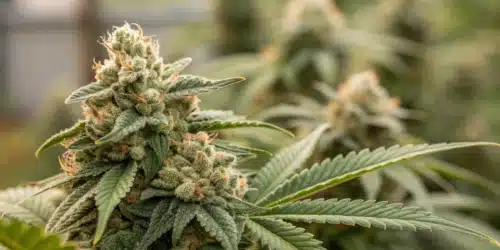Factors Influencing Clone Prices
When you’re wondering how much are clones, you’ll quickly find that prices vary based on several important factors. Everything from strain quality and clone size to the type of growing conditions influences the cost. Understanding these factors can help you choose the right clones for your budget and ensure you’re getting the best value for your investment.
Strain Quality and Rarity
One of the biggest determinants in answering how much are clones is the strain’s quality and rarity. Premium clones from popular or unique strains, especially those with high THC or CBD content, tend to cost more. For example, rare strains with distinctive terpene profiles or high potency can be priced higher due to their increased demand and the work involved in maintaining their genetics.
Some strains require more extensive breeding to ensure purity, which can further elevate costs. In these cases, investing in high-quality, rare clones can be worthwhile for growers aiming for a premium product or specific medicinal effects.
How Much are Clones?: Clone Size and Age
The size and age of a clone impact its price. Mature clones that are further along in development usually come at a higher cost, as they are closer to flowering and require less time to cultivate. Established clones with strong roots may cost more, but they’re often worth it for growers who want a quicker route to harvest.
Younger clones or “cuttings” are generally more affordable but need more attention to establish healthy roots. This option can work well for experienced growers or those with time to nurture the plants from an earlier stage. While older clones are pricier upfront, the reduced time to harvest may provide an overall cost advantage.
Indoor vs. Outdoor Clone Pricing
Where a clone is grown, indoors or outdoors, can affect its price. Indoor clones often cost more due to the controlled environment that protects them from pests, extreme weather, and contaminants. These clones tend to be healthier and more resilient when transitioning to other controlled environments.
Outdoor clones, while typically less expensive, may have been exposed to fluctuating environmental conditions. While they can still be a good choice, particularly for outdoor grows, many growers find that the added cost of indoor clones is justified by the quality and stability they bring.
Promos & Deals
Typical Clone Pricing in Different Markets
How much are clones means knowing where to look and comparing prices across various sources. The market for cannabis clones varies widely depending on whether you’re buying from a local dispensary or an online retailer. Let’s break down these options to help you choose the most cost-effective source.
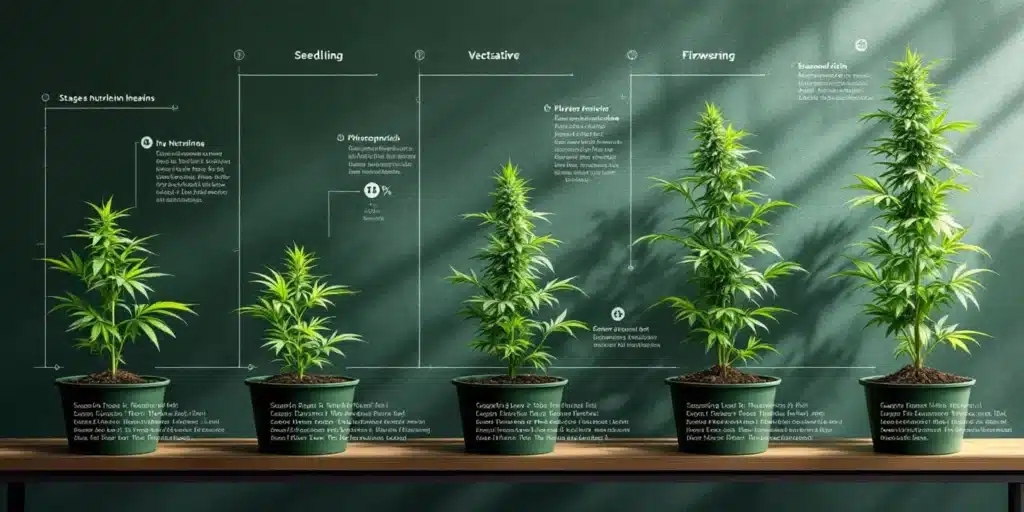
Local Dispensary vs. Online Prices
Prices for clones can differ significantly between local dispensaries and online clone suppliers. Local dispensaries may charge higher prices due to operating costs and limited supply, but buying locally offers the advantage of inspecting clones in person. You also support local businesses and avoid potential shipping fees.
Online clone sellers, such as those on sites like blimburnseeds.com, typically offer a wider selection at more competitive prices. Online options may provide greater strain diversity and specific details on genetics. While you might incur shipping fees, the convenience and variety available online can make it a favorable choice for many growers, especially those looking for specific strains not available locally.
Bulk Pricing Options for Growers
Bulk purchasing is a practical choice for growers who want to reduce their overall cost per clone. Many dispensaries and online vendors offer bulk discounts, especially to commercial growers who require a large supply of uniform plants. Buying in bulk can significantly lower the price per clone, making it an attractive option for those managing a larger operation.
Even smaller-scale growers can benefit from bulk pricing if they’re interested in cultivating multiple strains or want to ensure a steady supply for multiple grow cycles. Researching vendors that offer bulk discounts can lead to substantial savings, helping you maximize your grow operation’s budget.
Pricing Variances for Specialty Strains
Specialty strains with unique attributes, like high CBD content, distinct terpene profiles, or pest resistance, often come with a higher price tag. When considering how much are clones of these specialty strains, be prepared to pay a premium due to the extensive breeding and care required to maintain these genetics.
Medicinal strains with particular therapeutic benefits, as well as hybrids with rare or desirable effects, are also priced higher due to their added value. For growers who prioritize unique traits or medicinal qualities, the additional cost is often worth the investment, given the specific benefits these specialty clones can deliver.
Comparing Clone Prices to Seed Costs
If you’re weighing the decision between buying clones or seeds, it’s natural to compare how much are clones to the cost of seeds. Clones offer several immediate advantages over seeds, including reduced time to harvest and predictability in growth patterns, but how do they stack up in terms of long-term cost-effectiveness?
Cost-Effectiveness of Clones vs. Seeds
For growers seeking consistent results with every cycle, clones are generally more cost-effective than seeds. While seeds are often cheaper upfront, they carry genetic variability, which can result in unpredictable growth and yield. Clones, however, offer an identical genetic copy of the mother plant, ensuring consistent potency, yield, and growth structure.
Seeds require germination and take longer to establish, adding time to the grow cycle. Clones, by starting in the vegetative stage, allow for faster turnover, making it possible to complete more grow cycles in the same timeframe. The initial higher cost of clones is often offset by their efficiency and consistency, especially for growers focused on reliable, high-quality results.
Long-Term Benefits of Investing in Clones
Investing in quality clones yields significant long-term benefits. For one, clones eliminate the need to identify and remove male plants, a necessary but time-consuming task with regular seeds. Clones also ensure each plant is female and will produce buds, allowing for better space and resource management.
Quality clones, when maintained from reliable mother plants, provide predictability that enhances yield potential and product consistency. This advantage can increase the value of each harvest, especially for those growing cannabis commercially or for medicinal purposes. Over time, the consistent quality and productivity of clones can yield a high return on investment.
Expected ROI for Cannabis Growers Using Clones
Cannabis growers using clones can see substantial ROI due to reduced timeframes and stable results. Clones enable more frequent harvests, especially with high-yield strains, which directly translates to increased production and revenue. For commercial growers, the stable yield and cannabinoid profile of clones ensure a marketable product that can consistently meet consumer expectations.
Even personal growers benefit from a stronger ROI, as clones maximize grow space and yield, eliminating the unpredictability of seeds. By purchasing clones with high genetic stability, growers can anticipate fewer losses, improved yields, and a product that meets their specific needs with every cycle.
Tips for Finding Affordable High-Quality Clones
Finding affordable, high-quality clones can seem challenging, but with the right approach, it’s possible to source top-notch clones without overspending. Here are a few strategies for locating clones that meet your quality standards and budget, so you can answer how much are clones with confidence.

Researching Reputable Suppliers
Choosing a reliable supplier is essential for finding quality clones at reasonable prices. Research vendors with a reputation for healthy, pest-free clones and transparent descriptions of each clone’s genetics. Online reviews and customer feedback can provide valuable insights into a vendor’s reliability and the quality of their clones.
Reach out to suppliers with specific questions about their clone sources, genetics, and care practices. Reputable vendors will be happy to discuss their processes and address any concerns, making it easier for you to feel secure in your investment.
Seasonal Discounts and Promotions
Many clone vendors, both online and local, offer seasonal discounts or promotional deals that can make clones more affordable. Look for sales around popular planting seasons or holidays, as these can be ideal times to stock up on clones at discounted rates.
By timing your purchases with seasonal discounts, you can significantly reduce your costs without sacrificing quality. Following your preferred vendors on social media or signing up for newsletters can keep you informed about these promotions and help you make the most of your budget.
Negotiating Prices for Bulk Purchases
If you’re planning to buy clones in larger quantities, don’t hesitate to negotiate for bulk discounts. Many vendors are open to price reductions for substantial orders, especially if you’re a repeat customer or have a solid relationship with the supplier. Negotiating can lead to significant savings, particularly for commercial growers who need a consistent supply of clones over multiple grow cycles.
By discussing pricing options with vendors and expressing your needs clearly, you can often reach an agreement that benefits both parties. Building a relationship with a supplier can also lead to future savings, as loyal customers are often given preference for discounts and exclusive strain access.
Comparing Clones from Different Sources
When considering how much are clones from various suppliers, comparing local and online sources is essential. Each option has unique advantages, depending on your goals and growing needs. Local dispensaries allow you to physically inspect clones before purchase, helping you ensure quality. This option is beneficial for those seeking immediate, hands-on access to plants and the assurance of seeing clone health firsthand.
Online vendors, however, may offer a broader selection and more competitive pricing, often catering to both personal and commercial growers with options for specialty strains and bulk orders. While you might not be able to inspect clones directly, reputable online sources provide detailed descriptions, customer reviews, and even photos to ensure buyers have a clear understanding of what they’re purchasing. Comparing these factors helps you find the best deal, balancing quality, strain selection, and pricing.
Evaluating the Cost per Grow Cycle
Considering how much are clones in terms of your overall grow cycle cost can help you determine value. Clones generally yield faster than seeds, shortening the time to harvest and allowing more grow cycles within the same timeframe. This speed benefits commercial growers who seek to maximize productivity as well as personal growers looking for a steady supply.
Calculating the cost of clones per grow cycle, including any necessary supplements, soil, or nutrient adjustments, will give a clearer picture of the total investment. By assessing how much you spend on each grow cycle versus the yield produced, you can evaluate if clones provide a worthwhile return on investment, ensuring you’re getting the most from your cultivation efforts.

Long-Term Considerations When Investing in Clones
Beyond upfront costs, there are long-term considerations when investing in clones. These factors impact not only the cost but also the overall value that clones bring to a grow operation. Cloning allows growers to establish reliable growth patterns, resulting in stable yields over multiple cycles, but it requires careful planning and consistent practices.
Establishing a Reliable Mother Plant
One of the best ways to control how much are clones over time is to maintain a healthy mother plant. This mother plant serves as the genetic source for all future clones, allowing you to produce as many plants as needed without continuously purchasing new clones. Establishing a reliable mother plant from a high-quality strain saves money, offers genetic stability, and provides a renewable source of identical plants.
Maintaining the health of your mother plant is crucial, as it determines the quality of each clone. Regular pruning, proper nutrient management, and careful environmental control keep the mother plant strong, reducing the need to frequently purchase new clones. This strategy allows growers to expand their operations sustainably, reducing the cost of each individual clone in the long run.
Budgeting for Clone Care and Maintenance
Beyond the initial purchase price, factor in the cost of clone care and maintenance. From high-quality soil to nutrient solutions and pH balancers, maintaining a clone-friendly environment can add to your expenses. Setting up a budget that includes all required supplies helps you manage costs while keeping your clones healthy and productive.
Certain clones may require additional supplements or environmental adjustments, particularly if they’re from specialty strains. By anticipating these needs and budgeting accordingly, you can avoid unexpected expenses and ensure that each clone receives the care it needs to thrive. This approach keeps your grow operation sustainable and profitable, maximizing the return on your clone investment.
Calculating the Total Cost of Growing with Clones
When evaluating how much are clones, it’s helpful to look beyond the price per clone and calculate the total cost of each grow cycle. This includes costs for necessary equipment, environmental controls, nutrients, and any adjustments for the specific needs of the clones. By estimating the full cost of a single grow cycle with clones, growers can better determine their return on investment.
For example, starting with high-quality clones may mean spending more initially, but this often translates to stronger, more resilient plants that require fewer interventions down the line. Add up the costs of pots, grow medium, lighting, humidity control, and nutrients tailored to the clones’ growth stage. This comprehensive approach gives you a clear picture of what each grow cycle truly costs, ensuring that your investment in clones is worthwhile.
Anticipating Yield and Revenue with Clones
One of the advantages of clones is their predictable yield, which can help growers forecast revenue more accurately. Knowing how much are clones and how consistently they produce can streamline business planning, especially for commercial growers. Since clones replicate the mother plant’s genetics, you can expect uniformity in growth rate, potency, and yield.
By tracking yield per plant across multiple grow cycles, you can establish an average yield for each strain and estimate potential revenue. For personal growers, this means understanding how much product they can expect from each grow cycle, ensuring a steady supply of cannabis without unexpected shortages. Clones provide control over yield, giving you a clearer financial outlook for your cultivation efforts.
Advanced Strategies for Reducing Clone Costs
For growers who rely on clones for regular, long-term cultivation, there are advanced strategies to keep clone costs low while maintaining high quality. These practices help reduce the reliance on frequent clone purchases, allowing growers to sustainably expand their operations.
Propagating Your Own Clones from a Mother Plant
Creating clones from your own mother plant is one of the most effective ways to cut down on costs. After investing in a strong, healthy mother plant, you can propagate clones whenever needed, saving money in the long term. This method not only reduces clone costs but also gives growers control over timing and quality.
To propagate effectively, keep the mother plant in an ideal environment with stable light and temperature. Regular pruning and careful nutrient management ensure that the plant remains healthy, producing viable clones that are ready to thrive in your setup. By maintaining a reliable mother plant, you can produce your own clones at virtually no additional cost, making it one of the best solutions for budget-conscious growers.
Rotating Grow Cycles with Staggered Clone Harvests
Rotating grow cycles with staggered harvests is a strategic way to maximize clone usage and ensure continuous production. By dividing your grow space into sections, each with clones at different growth stages, you can create a steady stream of plants reaching harvest at regular intervals. This technique allows you to spread the initial investment in clones across multiple harvests, increasing overall yield without raising clone costs.
Staggered cycles work especially well for commercial growers who need a continuous product supply. This approach minimizes downtime and optimizes grow space, leading to consistent revenue and a more efficient use of resources. Planning ahead with staggered cycles maximizes your investment in clones and allows for continuous production throughout the year.
Using Nutrient and Lighting Schedules to Optimize Growth
Optimizing growth through precise nutrient and lighting schedules helps you get the most out of each clone, further reducing overall costs. Clones thrive with consistent, tailored care, which means setting up a nutrient regimen that promotes strong root and vegetative growth without over-feeding. By avoiding nutrient waste, you save money while ensuring each clone reaches its full potential.
Lighting plays a crucial role in clone health and growth, and adjusting light intensity and duration according to the clone’s stage of development can maximize yield. Many growers find that gradually increasing light exposure as clones progress toward the flowering stage encourages robust growth. By carefully managing nutrients and light, you can boost the productivity of each clone, increasing your yield and return on investment.

